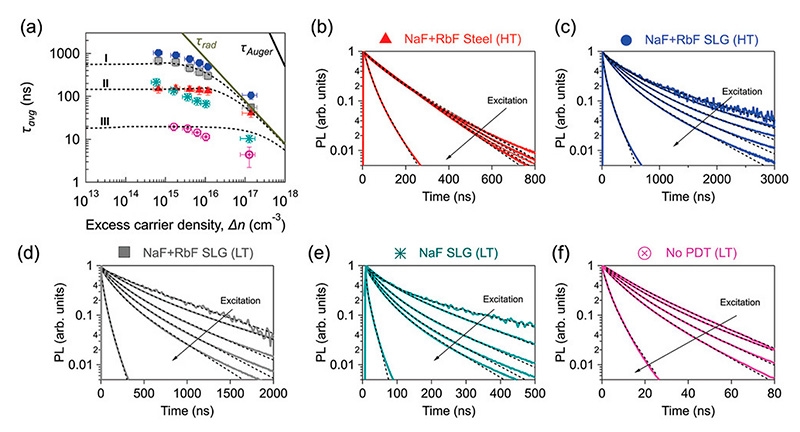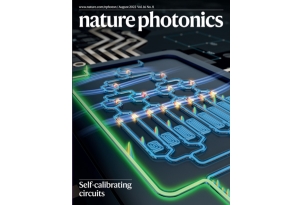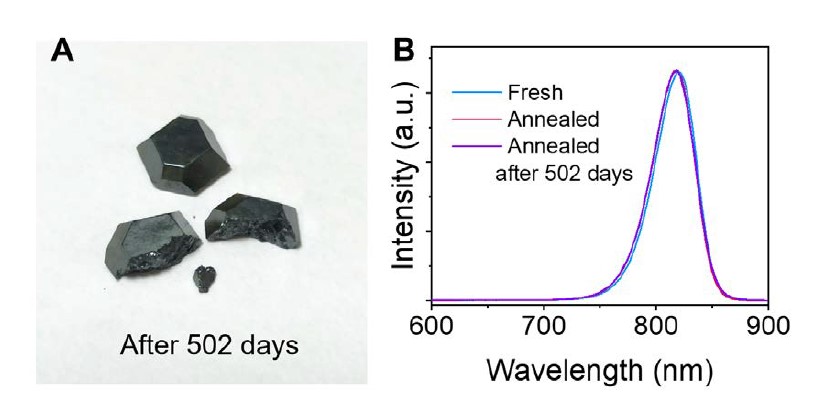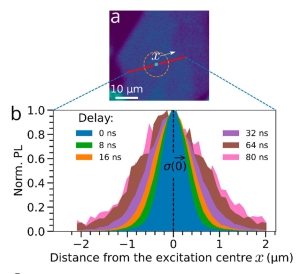Fluorescence System Upgrades
Micro-Photoluminescence Upgrade
Multimodal Imaging
- Various microscope-spectrometer coupling options for time-resolved micro-photoluminescence (micro-PL) spectroscopy
- Steady-state and time-resolved spectra from defined regions or points of interest
- Multidimensional dataset: spectral, temporal, and spatial information
- Highly modular and flexible design
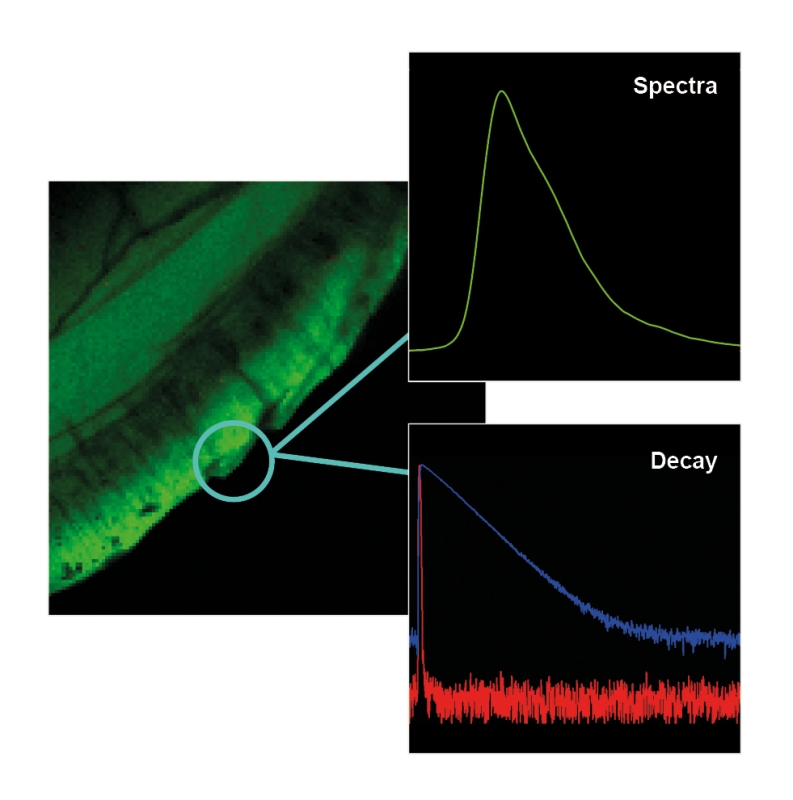 PicoQuant specializes in time-resolved spectrometers and microscopes. Combining expertise from both fields, we offer instruments for time-resolved micro-photoluminescence spectroscopy that integrate spatial, spectral, and lifetime measurements. By coupling microscopes and spectrometers, both high-resolution steady-state and time-resolved emission spectra of specific sample regions or points of interest can be acquired. These multi-dimensional data sets provide valuable new insights that are beneficial to materials science in a variety of fields such as photovoltaics, LEDs, and semiconductors. In particular, the combination of spectral and lifetime measurements of photoluminescence is essential for a comprehensive understanding of the local photophysical and electronic properties of different types of materials or devices.
PicoQuant specializes in time-resolved spectrometers and microscopes. Combining expertise from both fields, we offer instruments for time-resolved micro-photoluminescence spectroscopy that integrate spatial, spectral, and lifetime measurements. By coupling microscopes and spectrometers, both high-resolution steady-state and time-resolved emission spectra of specific sample regions or points of interest can be acquired. These multi-dimensional data sets provide valuable new insights that are beneficial to materials science in a variety of fields such as photovoltaics, LEDs, and semiconductors. In particular, the combination of spectral and lifetime measurements of photoluminescence is essential for a comprehensive understanding of the local photophysical and electronic properties of different types of materials or devices.
Recent publications by researchers using the coupled instruments
Depending on your application and requirements, various microscopes (FluoMic, MicroTime 100, MicroTime 200) can be combined with either a spectrometer (FluoTime 300, FluoTime 250) or the FlexWave wavelength selector unit.
| FluoMic | MicroTime 100 | MicroTime 200 | |
|---|---|---|---|
| Microscope body | upright | upright | inverted |
| Observation volume | µm-sized (2 – 100 µm) | confocal | confocal |
| Imaging speed | optional scanning upgrade, depending on piezo scanner, > 30 sec |
depending on piezo scanner, > 30 sec | depending on piezo scanner, > 30 sec or FLIMbee galvo scanner, with FLIMbee several fps* |
| Software | SymPhoTime 64 for data acquisition and analysis | ||
| Carrier diffusion upgrade | no | yes | yes |
| FluoTime 250 | FluoTime 300 | FlexWave | |
|---|---|---|---|
| Detector type | PMA Hybrid | PMA Hybrid, NIR PMT | PMA Hybrid, SPAD |
| Number of detectors | 1 | 1 - 2 | 1 - 4 |
| Spectral range | UV - VIS | UV - VIS - NIR | 400 - 1000 nm |
| Spectral resolution | Single monochromator 1 nm | Single monochromator 1 nm, double monochromator better 0.1 nm | 1 nm |
| Detection sensitivity | Loss in single monochromator 60 - 70 % depending on grating and coating | Loss in double monochromator 70 - 75 % depending on grating and coating | Transmission > 80 % |
| Software | EasyTau 2 | EasyTau 2 | SymPhoTime 64 |
| Data | Time-resolved emission spectra at point of interest | Time-resolved emission spectra at point of interest | Time-resolved emission spectra at point of interest, TRES imaging, wavelength-dependent antibunching |
* FLIMbee only available with FluoTime coupling, not compatible with FlexWave
The confocal microscopes MicroTime 100 and MicroTime 200, that acquire time-resolved images, can also be equipped with either a spectrograph and EMCCD camera to obtain steady-state emission spectra per image pixel, or with a spectrograph and sFLIM detector to measure time-resolved emission spectra per image pixel.
Depending on the research question and type of sample, one technical implementation may be more suitable than others.
Contact us for more information.
Luminescence excitation and emission spectra, on the one hand, are fundamental for analyzing a wide range of materials. On the other hand, microscope images reveal the spatial variation of luminescence properties, e.g., due to structural defects in materials. Moreover, the luminescence lifetime is an intrinsic characteristic of materials, which can be used either for their identification or to sense their local environment. By combining all three types of information from correlated data sets, researchers can draw new conclusions about the properties and behavior of the materials under study.
- Solar cells and photovoltaics
- (Organic) Light Emitting Diodes (LED)
- Photocatalysis
- Nanoparticles and 2D materials
- Upconversion materials





 Contact us
Contact us